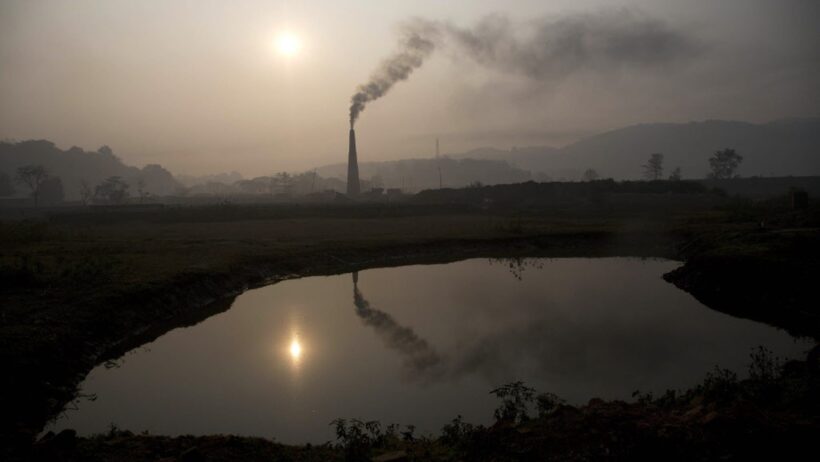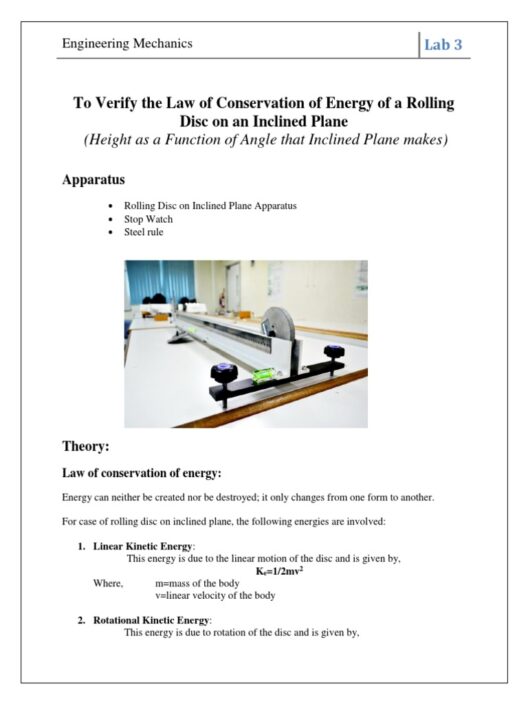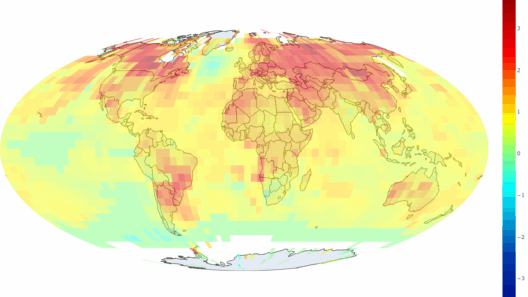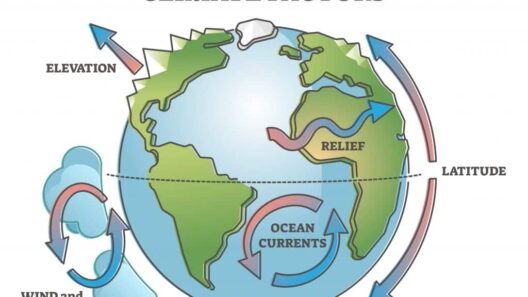In the grand tapestry of Earth’s climate, a malignance has been woven—a relentless rise in temperatures, erratic weather patterns, and the stark specter of rising sea levels. As the intricate systems that sustain life slowly spiral into precarious disarray, questions loom large: What if we could reshape this landscape? What if technology, often seen as the culprit, could also be the salvation? This is the crux of geoengineering, an emerging domain that invites us to reconsider the boundaries of human intervention in nature.
At its essence, geoengineering embodies a double-edged sword—a chilling paradox where the very technology that has accelerated climate change could potentiate its mitigation. It can be classified broadly into two categories: solar radiation management (SRM) and carbon dioxide removal (CDR). Each pathway carries distinct methodologies and ethical quandaries, painting a multifaceted picture of potential and peril.
Solar radiation management is akin to wearing sunglasses on a bright, sweltering day. It seeks to reflect a portion of the sun’s energy back into space, aiming to cool the planet without addressing the underlying greenhouse gas concentrations. This can involve techniques such as stratospheric aerosol injection, where sulfate particles are released into the stratosphere, creating a reflective shield similar to that produced by volcanic eruptions. In theory, this could diminish warming but also risks triggering unforeseen climatic side effects, like disrupted rainfall patterns and threatened ecosystems.
Conversely, carbon dioxide removal adopts a more holistic approach reminiscent of a detox regimen. This strategy aims to extract excess carbon dioxide from the atmosphere, effectively positioning itself as the planet’s own detoxifying liver. Mechanisms such as direct air capture, ocean fertilization, and afforestation attempt to reverse the atmospheric accumulation of CO₂. While these efforts may contribute meaningfully to stabilizing climate conditions, they require substantial technological advancements and financial investment to become viable at scale. Moreover, the irrevocability of such interventions—once initiated, consequences may be irreversible—adds a layer of complexity to the discourse.
What gleams enticingly in the realm of geoengineering is the prospect of technological salvation. However, it remains pivotal to fully grasp the implications of playing with nature’s finely balanced systems. Historical examples—like the introduction of non-native species to control pests—serve as cautions that mankind’s interventions can lead to catastrophic outcomes. The temptation to wield geoengineering as a panacea for climate change could engender complacency in pursuing more sustainable and proven remedies such as renewable energy expansion, conservation efforts, and sustainable agricultural practices.
Additionally, the ethical ramifications of geoengineering cannot be understated. The governance of such colossal technologies is akin to handing a child the keys to a sports car—exciting but perilous. Who holds the authority to decide when and how to deploy these methods? The potential for international conflict escalates in a world where one nation’s geoengineering efforts might adversely affect others, exacerbating existing geopolitical tensions. This lexicon of climate colonization invokes legitimate worries about equity, justice, and the aforementioned imposition of a ‘weather’ regime dictated by the technologically affluent.
Yet, amid this dichotomy of potential disaster and possibility, public perception remains a pivotal variable. Geoengineering is enveloped in skepticism and fear. It is reminiscent of the alchemy of ages past—transforming the mundane into the miraculous. Engaging communities in dialogue about such concepts can foster a better understanding of the delicate interplay between technological intervention and traditional ecological wisdom. A transparent discussion can illuminate how not all technological solutions are inherently negative, nor are all traditional practices ineffectual. There exists a middle ground—a synthesis of time-honored practices and innovative technologies that can coalesce into a more balanced approach to tackling climate change.
As debates surrounding geoengineering evolve, it becomes increasingly apparent that it is neither a silver bullet nor an unequivocal villain. Like all tools, its efficacy will depend on the hands that wield it. It demands rigorous scrutiny, comprehensive regulation, and an unwavering commitment to precautionary principles. It is vital to incorporate diverse voices from varied backgrounds—including indigenous perspectives—to cultivate a more nuanced understanding of Earth’s climate systems and the potential consequences of technological intervention.
In this intricate weaving of ambition and caution, the role of geoengineering in climate change remains a provocative question, inviting further exploration. The narrative of technological salvation is rife with hope, yet tinctured by the reality of uncertainty. We stand at a crossroads, beckoning us to reevaluate not only the technologies we choose to adopt but also the frameworks of values and ethics that encapsulate this journey toward climate resilience.
In conclusion, the journey toward rectifying climate change is fraught with complexity. Geoengineering can serve as part of an overarching strategy, but must be framed within the larger context of sustainability, justice, and efficacy. The interplay of human ingenuity and natural processes requires diligence and a commitment to mindfulness about the path we choose. In seeking technological salvation, let us remain guardians of the Earth, guiding our innovations towards solutions that are both viable and equitable.








